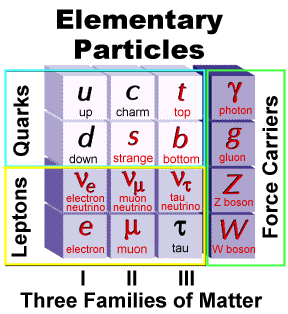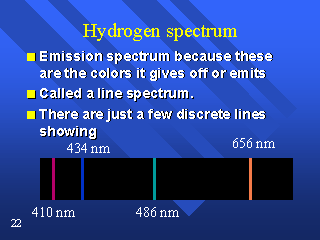


This Unit is in three parts
Part I Chapter 11 Einstein's Theory of Special Relativity
Part II Chapter 12 Quantum Theory of the Atom
Part III Chapter 13 Radioactivity and Elementary Particles


| Part I Special Relativity; just follow the flow of these topics | ||
|---|---|---|
| Opening | Key Ideas | Galilean Relativity |
| Historical Background | Einsteinean Relativity and SpaceTime Coordinates | Simultaneity |
| The Lorentz Transformations (may not be needed) | Applications of the Lorentz Transformations | Velocity Transformations |
| Mass in Special Relativity | Summary (isn't one) | Homework |
2. Working with alpha and beta decay equations

3. Writing Positron Decay and Electron Capture Equations


Part II Waves, Photons and Matter Notes come in two parts listed as Chapter 28 Quantum Mechanics for the
first part of your Chapter 12 and Chapter 29 Atomic Physics for the second part of your Chapter 12

| Part I Quantum Mechanics: Chapter 28 |
||
|---|---|---|
| Blackbody Radiation | Planck's Hypothesis | The Photoelectric Effect |
| Compton Scattering | deBroglie Waves | Complementarity |
| Summary | Homework | . |
To get to notes  |
||
